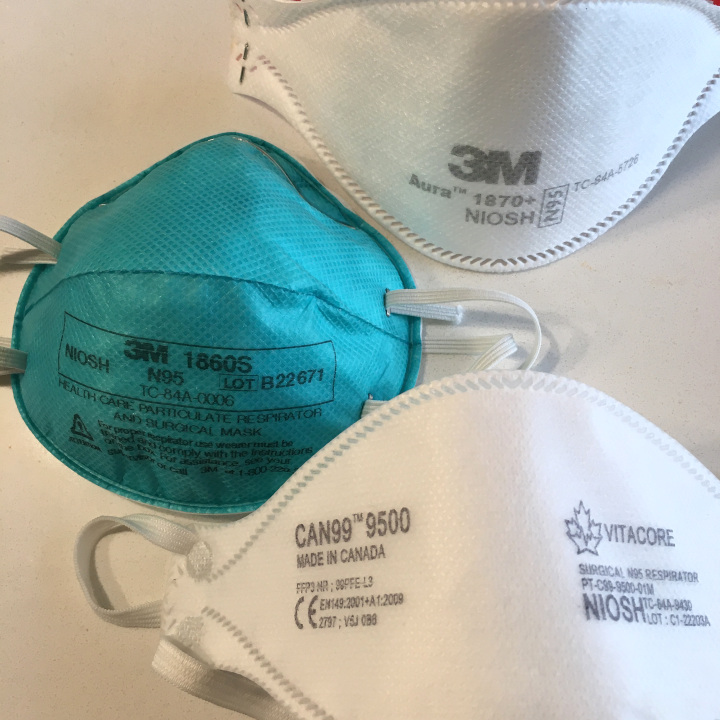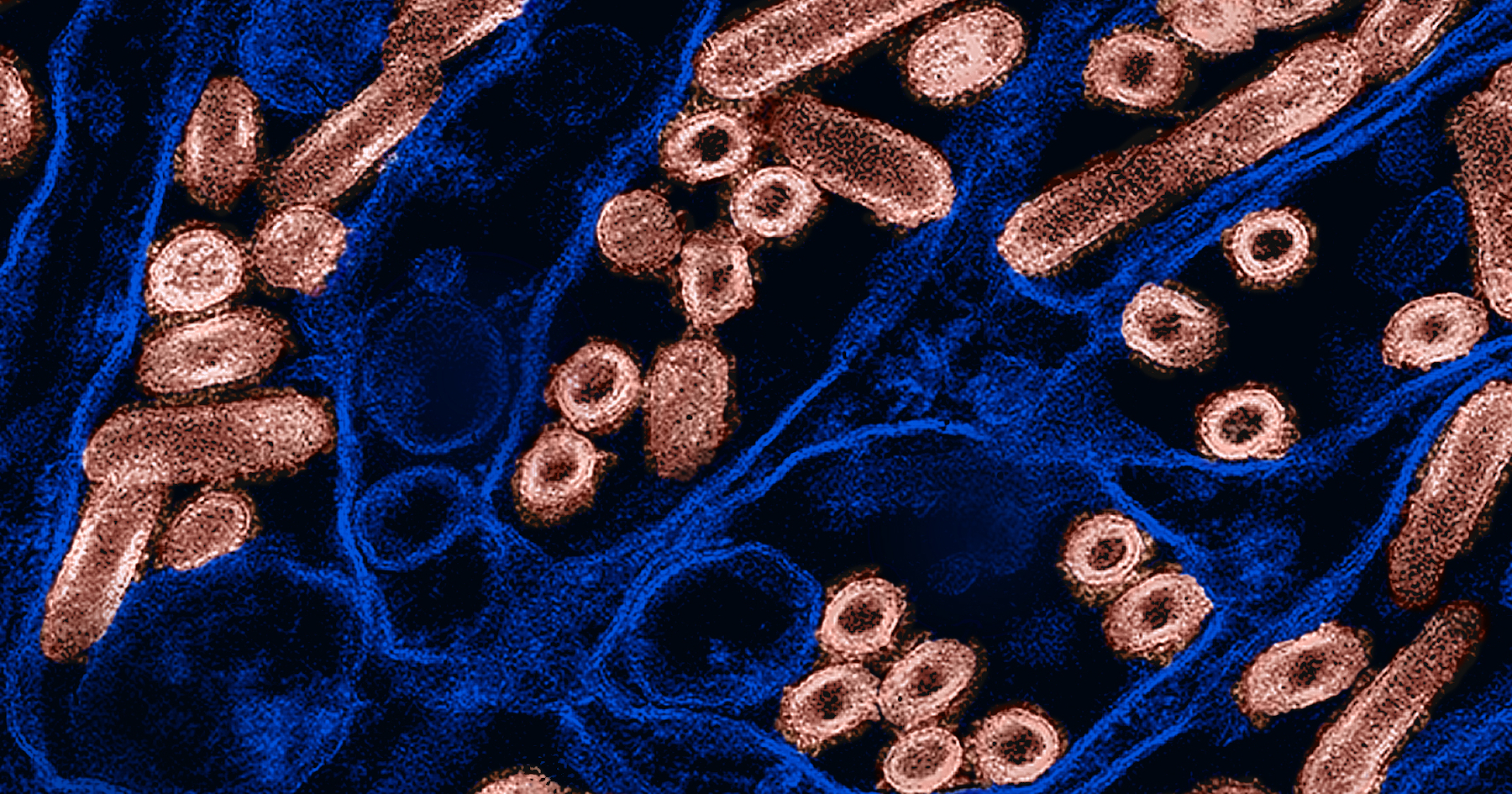In experiments designed to learn more about the threat from the H5N1 avian flu virus spreading from cows to people, researchers found that an isolate from a sick dairy worker may be capable of replicating in human airway cells, is pathogenic in mice and ferrets, and can transmit among ferrets by respiratory droplets.
The team, based at the University of Wisconsin at Madison and Japan, reported its findings today in Nature. Working in a high-containment lab, the researchers used an H5N1 isolate grown from the eye of a dairy worker who had experienced conjunctivitis after exposure to infected cows.
Comments closed
